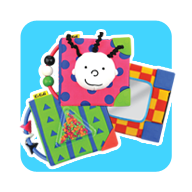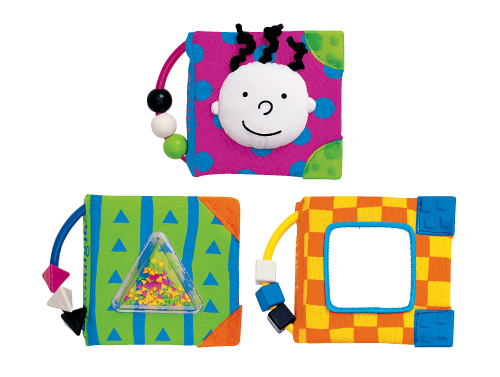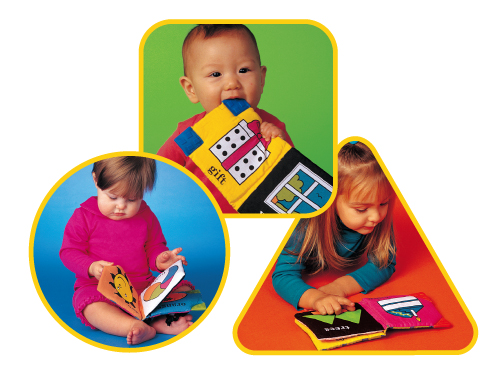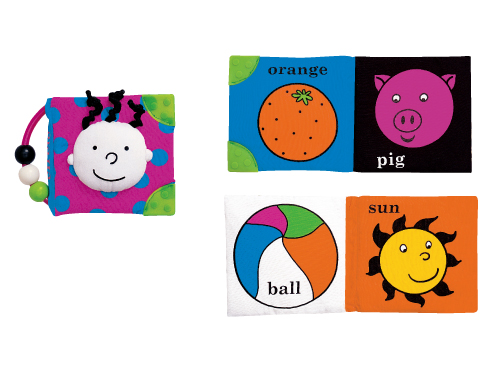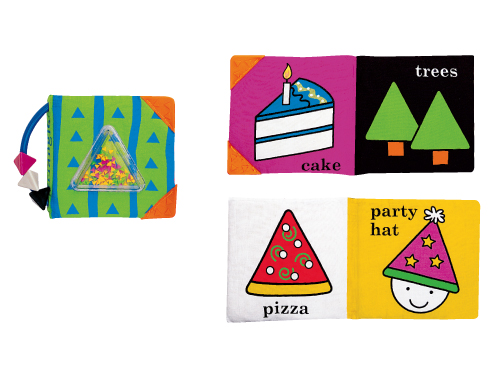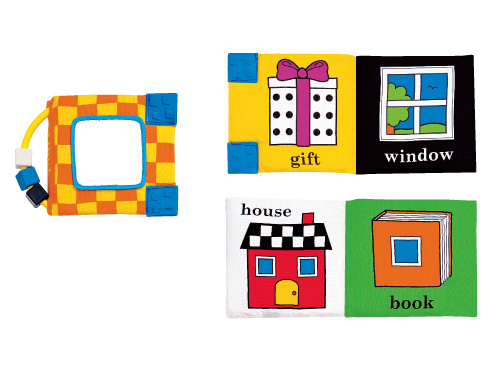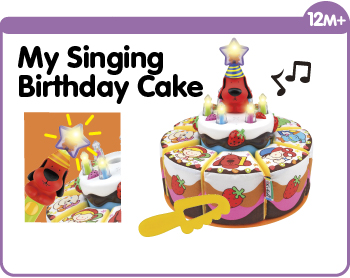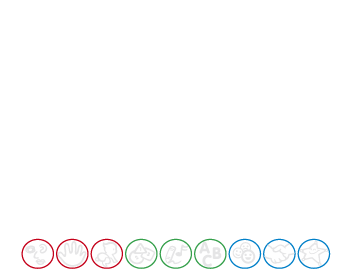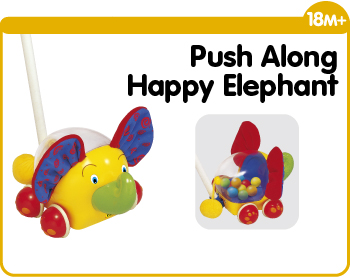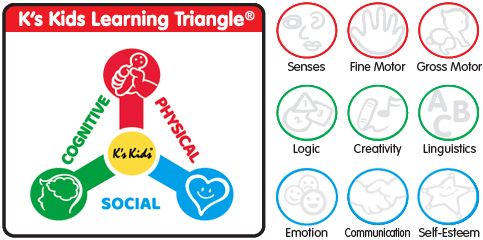






 Senses
Senses
The fundamental senses of seeing, tasting, hearing, smelling & feeling encourage a child's curiosity.
 Fine Motor Skills
Fine Motor Skills
Fine motor skills are those smaller actions between the thumb and fingers or using the toes to wriggle and feel the objects.
 Gross Motor Skills
Gross Motor Skills
Gross motor skills are larger movements involving the arm, leg, or feet muscles or the entire body.
 Logic
Logic
Logical training enables babies to make connections between pieces of information.
 Creativity
Creativity
Colors, shapes, learning how to draw, getting familiar with music and rhythm, all goes to aid the growth of a child's creativity.
 Linguistics
Linguistics
Linguistic Intelligence is the ability to use sound and language for expression and comprehension of others while a child is developing.
 Emotion
Emotion
A healthy child should be able to control and express his emotion, and interact effectively with others with mutual trust.
 Communication Skills
Communication Skills
Good communication skills lead a child to perform cooperative tasks and become productive team members.
 Self-Esteem
Self-Esteem
Self-Esteem is an overall sense of achievement a child feels from the important people around him. Task basis activities could help children to build up a stronger self-esteem with a better judgment about their own worth.
*These are recommendations made under normal circumstances. Parents can determine which activities are most suitable depending on the progress of individual children.
Objective: Sense stimulation - touching and feeling
Method: Playful Pages is made from different textures and materials. Encourage children to touch and feel the textures and to chew on the teethers.
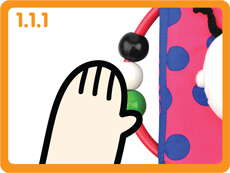



































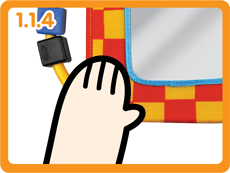











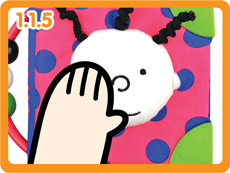











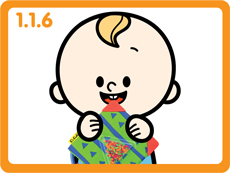











Objective: Fine motor skills training – crinkling and pressing
Method: Encourage children to crinkle the pages and to press the squeaker.
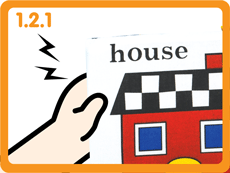











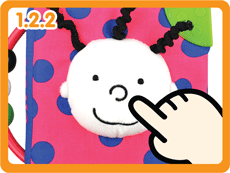











Objective: Gross motor skills training – shaking to create sounds
Method: Encourage children to shake the triangle book to create sounds.








Objective: Developing self awareness - observing herself in the mirror
Method: Allow your child to observe and recognize her own image in the mirror (on the square book). This helps develop her self-esteem.








Objective: Fine motor skills training – flipping pages
Method: Encourage children to flip the pages.








Objective: Cognitive training - learning facial features
Method: Use the books to teach children facial features.








Objective: Cognitive training – pointing to facial features
Method: Name a facial feature and encourage your child to point to it.
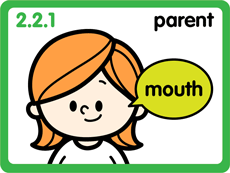











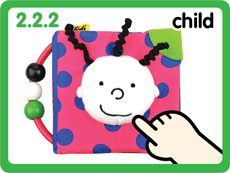











Objective: Cognitive training - learning colors
Method: Teach children different colors using the books.












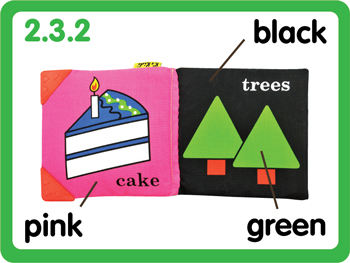











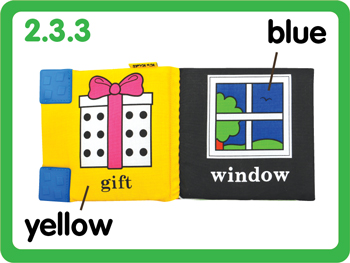











Objective: Cognitive training – pointing to colors
Method: Name a color and encourage your child to point to it.
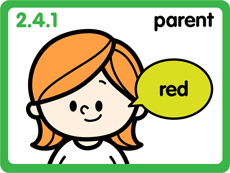











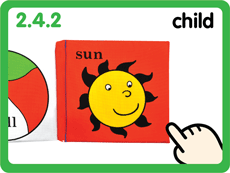











Objective: Cognitive training - learning shapes
Method: Teach children to recognize circles, triangles and squares.
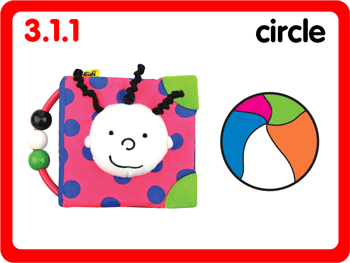











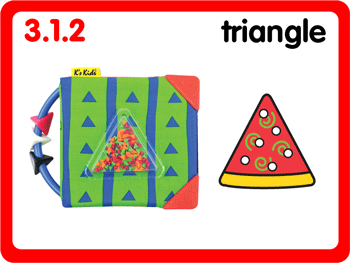











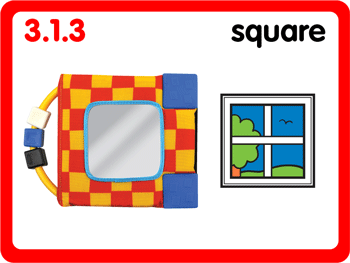











Objective: Cognitive training – pointing to shapes
Method: Name a shape and encourage your child to point to it.
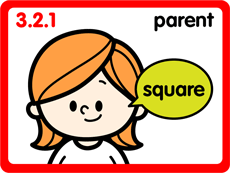











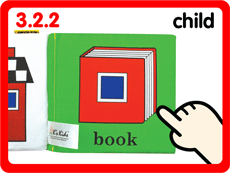











Objective: Cognitive training – learning the names of different objects
Method: Teach children the names of different objects.












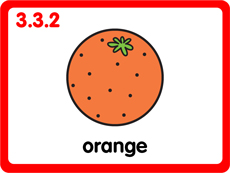











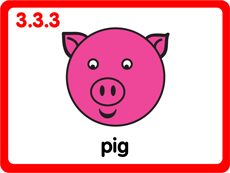











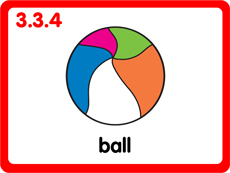











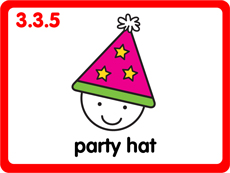











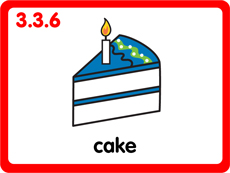











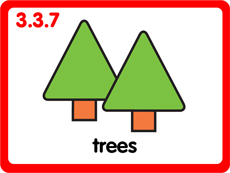











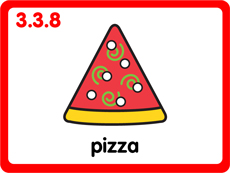











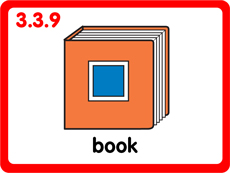











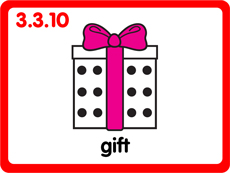













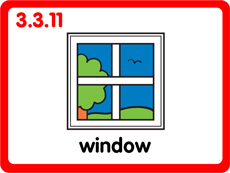













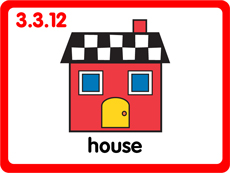













Objective: Cognitive training – pointing to objects
Method: Name an object and encourage your child to point to it.
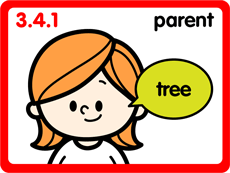











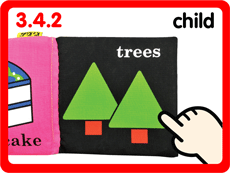











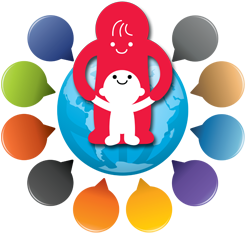
Sharing
We sincerely hope that the guidelines provided by our K's Kids Parents' Support Center will help you make the most of your K's Kids product. We hope that every child with a K's Kids product will benefit from playing and learning from it.
We also believe that every child is unique and full of creativity.
Apart from the learning methods provided here, have you or your child discovered fun and creative ways to play with your K's Kids toys? A different combination of Chain-an-inchworm? An interesting, new way to teach language using Learn to Talk™ ? Or do you simply want to share your feelings and opinions?
To share your views, please use the form below. Attach a photo or video and provide us with a short note. Whatever it is, we earnestly hope that you will share your views with us. Your views may in turn be shared with countless other parents, so that more kids can have fun with their K's Kids toys.
Please do not close this window.















































































